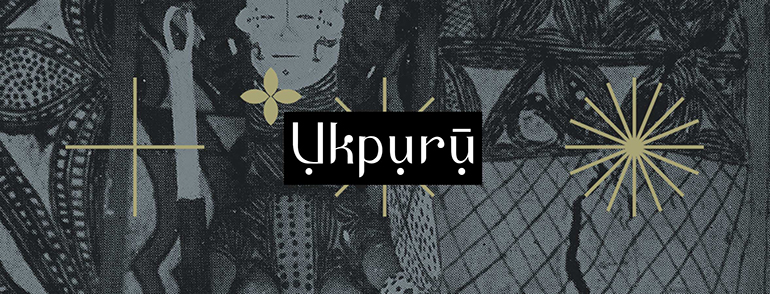
The crested hairstyle ojongo was popular until the mid-20th century, it is a distinctive feature of Igbo arts depicting women. Women used ornaments like thread, feathers, shells, bone, wood, beads, Igbo currency, coins, or cloth; mud containing colourful ores, yellow and red camwood powder or paste and palm oil and charcoal were also used for style. Isi/Ishi owu, a threaded hairstyle is still popular among married women in rural areas.



